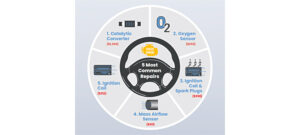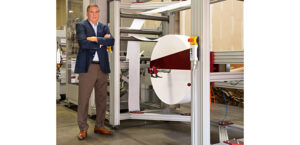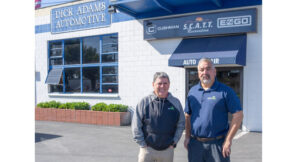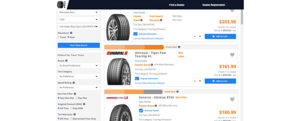Package will help make those vehicles more affordable and convenient, while building out the infrastructure and charging stations
Palo Alto, Calif.—Gov. Gavin Newsom outlined his historic $10 billion zero-emission vehicle (ZEV) package to accelerate the transition to zero-emission vehicles and fight climate change. This package is a critical part of Gov. Newsom’s overall plan to cement California’s status as a world leader in forging an oil-free future.
“The future is electric, and we’re making it easier and cheaper than ever before to go electric. That means more assistance to help folks buy clean cars and more charging stations in more communities throughout the state,” said Newsom. “California is eliminating our dependence on oil and providing a blueprint for the entire world on how to aggressively fight the climate crisis while growing the state’s clean energy economy.”
This $10 billion ZEV package builds on Newsom’s first-in-the-nation action to shift the automotive industry entirely to all electric by 2035, using California’s market dominance to accelerate the transition to zero-emission vehicles across the world and dramatically reduce the state’s reliance on fossil fuels. Electric vehicles have become one of the state’s top exports, and California represents half of the United States’ ZEV market. These actions are tackling the single largest culprit of pollution in California — the tailpipe.
“To achieve California’s climate goals we must focus on the needs of the most polluted and underserved neighborhoods. Governor Newsom’s ZEV investment proposal recognizes this reality,” said Alvaro Sanchez, vice president of Policy at The Greenlining Institute. “We’re excited to work with the Governor and the Legislature to prove to the rest of the country that we can not only advance our climate agenda but also advance equity.”
Building upon last year’s $3.9 billion investment in zero-emission vehicles, Newsom is proposing to inject another $6.1 billion to accelerate this transition — a total $10 billion ZEV package that will help make these vehicles more affordable and convenient for all Californians, while building out the infrastructure and charging stations needed to facilitate this transition. Significant investments include:
- Low-Income Zero-Emission Vehicles and Infrastructure: $256 million for low-income consumer purchases, and $900 million to expand affordable and convenient ZEV infrastructure access in low-income neighborhoods. These investments will focus on planning and deploying a range of charging options to support communities, including grid-friendly high-power fast chargers and at-home charging.
- Heavy-Duty Zero-Emission Vehicles and Supporting Infrastructure: $935 million to add 1,000 zero-emission short-haul (drayage) trucks and 1,700 zero-emission transit buses; $1.5 billion Proposition 98 to support school transportation programs, including advancing electric school buses in a coordinated effort between educational, air pollution, and energy agencies; $1.1 billion for zero-emission trucks, buses and off-road equipment and fueling infrastructure; and $400 million to enable port electrification.
- Zero-Emission Mobility: $419 million to support sustainable community-based transportation equity projects that increase access to zero-emission mobility in low-income communities. This includes supporting clean mobility options, sustainable transportation and equity projects, and plans that have already been developed by communities that address mobility. These locally-driven projects continue to be a direct response to critical mobility needs identified by community-based organizations and residents working on the front lines to lift up priority populations.
- Emerging Opportunities: $200 million to invest in demonstration and pilot projects in high carbon-emitting sectors, such as maritime, aviation, rail and other off-road applications, as well as support for vehicle grid integration at scale. These investments will help maintain California’s role as the hub of ZEV market creation and innovation, creating economic development opportunities while accelerating zero-emission solutions in the hardest-to-reach segments of the transportation system.
Newsom said California has become a working model for how to aggressively fight the climate crisis while bolstering the clean energy economy, and is “unprecedented” in both nature and scale:
- Exceeded 2020 greenhouse gas emissions reduction target four years ahead of schedule, while growing the state’s economy by 26 percent.
- First state in the nation to end the sale of new gas cars by 2035, and the first in the world to require heavy duty truck manufacturers to transition to zero-emission vehicles by 2045.
- Moving to prevent oil drilling in our local communities, and taking steps to phase out oil drilling and fracking entirely.
- 485,000 clean energy jobs, more than twice as many as any other state, and 6 times more jobs than fossil fuel jobs.
- Electric vehicles are one of the state’s top exports, and California represents roughly half of the United States’ ZEV market.









Comments are closed.